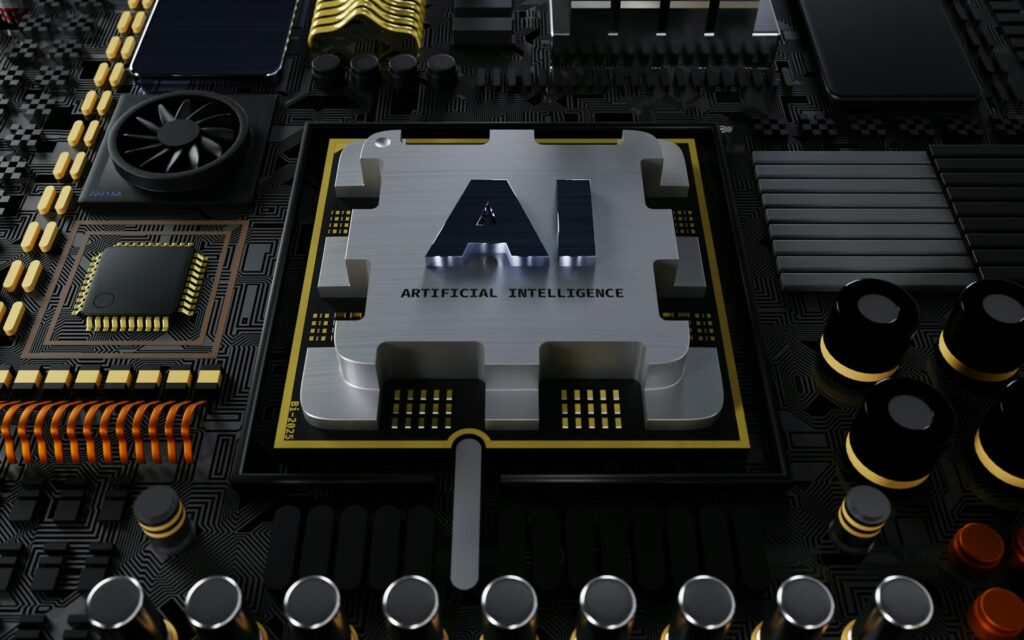We are getting closer to the goal of artificial general intelligence (AGI), but how far are we?

We are getting closer to the goal of artificial general intelligence (AGI), but how far are we?
Over the course of many decades, scientists, futurists, and technologists have envisioned a future in which robots are not only tools but also minds, with the ability to reason, learn, and adapt in the same way that humans now do. This concept, which is sometimes referred to as Artificial General Intelligence (AGI), is the next step beyond the limited artificial intelligence systems that are now in use. These systems are designed to do specific tasks, such as image recognition, language translation, or playing chess.
More and more rapid advancements are being made in the fields of machine learning, neural networks, and large-scale computing, which raises an important question: Are we finally coming closer to artificial general intelligence, or is it still a far-off prospect?
What is the AGI?
Artificial general intelligence (AGI) refers to computer programs that have the capacity to comprehend, acquire, and apply knowledge across a broad variety of activities, in a manner that is comparable to that of humans. AGI would, in contrast to narrow AI, which is developed for certain purposes, as follows:
- Get used to new situations without having to undergo any kind of formal retraining.
- Learn to comprehend the context in ways that go beyond statistical trends.
- Exhibit persuasive thinking throughout a variety of fields, ranging from the arts to the sciences.
- In the same manner as people do throughout their lives, learn continuously.
- Artificial general intelligence (AGI) would not only imitate intelligence; rather, it would embody a flexible and comprehensive kind of cognition.
Differences Between Artificial General Intelligence and Today’s AI
The currently available artificial intelligence systems are formidable yet have their limitations. The areas of creativity, common sense, and abstract thinking are areas in which they fail, but they are very good at pattern recognition and data-driven forecasts. Just one example:
- While a language model is capable of writing persuasive articles, it does not genuinely “understand” the meaning of the message.
- An artificial intelligence that has been educated on medical photographs is able to identify malignancies, but it is unable to explain more general healthcare choices.
- Self-driving cars are capable of navigating traffic, but they lack the judgment that humans have when faced with unexpected situations.
- The gap between specialized artificial intelligence and the broad intelligence that people exhibit on a daily basis is brought into focus by these constraints.
Key Factors That Are Driving Us Towards Artificial General Intelligence
In spite of these constraints, a number of technical advancements indicate that we are getting closer to artificial general intelligence:
- Larger and more complex architectures are providing outputs that are more similar to those produced by humans in the areas of language, perception, and reasoning. This phenomenon is known as “scaling neurons.”
- Models that incorporate text, pictures, audio, and even video comprehension are starting to gain more broad capabilities. These are known as multimodal artificial intelligence systems.
- AI bots are learning complicated methods via simulations, which range from playing video games to managing resources. These advancements are being made possible by reinforcement learning.
- Designs that are Inspired by Neuroscience – In an effort to discover how to develop artificial intelligence that is more flexible and effective, researchers are examining the human brain.
- Computing Power on a Massive Scale Cloud-based supercomputers and customized processors are making it possible to conduct training on a scale that has never been seen before.
The Obstacles That Are Standing in the Way
There are several challenges to overcome on the path to artificial general intelligence. Some of the most significant difficulties include the following:
- a lack of genuine understanding: the models that are now in use depend on correlations rather than comprehension.
- When it comes to ordinary reasoning, which is something that comes readily to people, artificial intelligence has a hard time.
- Data and Energy Demands: The training of big models requires a vast amount of data and electricity, which raises worries about the implications of this for the environment.
- Ethical and Safety Risks: If it is not properly matched with human values, a strong artificial general intelligence (AGI) might be exploited or behave in ways that were not intended.
- Progress Measurement: There is no uniform benchmark that can be used to determine whether artificial general intelligence has been attained.
Diverse Methodologies for Artificial General Intelligence
Researchers are investigating a variety of avenues leading to artificial general intelligence:
- The process of constructing larger and more sophisticated neural networks in order to approach general intelligence is referred to as scaling existing models.
- In order to bridge the gap between logic and pattern recognition, hybrid approaches include combining symbolic thinking with neural networks based on artificial intelligence.
- The process of modeling the structure and operation of the human brain in computer hardware and software is referred to as “brain-inspired computing.”
- This kind of artificial intelligence involves giving robots a physical body so that they may learn by interacting with the actual environment.
- The process of designing frameworks that imitate human-like capacities for memory, attention, and decision-making is referred to as cognitive architectures.
How Human Values and Alignment Play a Role in the World
Even if artificial general intelligence (AGI) becomes theoretically feasible, one of the most significant tasks of our time will be to ensure that it is compatible with human values. Among the questions that are the focus of alignment study are:
- How are artificial general intelligence systems able to comprehend human objectives?
- What kinds of protections may prevent activities that are harmful?
- What measures can we take to guarantee accountability, openness, and fairness?
- AGI has the potential to exacerbate pre-existing disparities or to introduce totally new dangers if it is not well planned.
Speculations and Timelines of Events
- When artificial general intelligence could arise is a topic of debate among experts.
- Given the quick speed of advancement, there are many who are optimistic that artificial general intelligence might be developed within the next few of decades.
- Skeptics contend that in order to achieve truly human-like intelligence, substantial progress must be made in the areas of awareness and cognition, which may take a far longer period of time.
- It is possible, according to realists, that we will arrive at “proto-AGI” systems, which are extremely powerful but yet constrained, before we attain complete general intelligence.
Possible Consequences for Society
- There would be profound changes brought about by the emergence of AGI such as:
- It is possible that whole sectors may undergo a transformation, resulting in both new possibilities and significant disruptions.
- Accelerating breakthroughs in the fields of health, physics, and climate research might be possible with artificial general intelligence (AGI).
- Concerns about control, accountability, and regulation would be the primary topics of discussion on a worldwide scale due to ethics and governance.
- Identity of the Human Being: As robots get closer to the level of intellect that humans possess, society will need to reevaluate what it means to be human.
Would You Say That We Are Getting Closer?
Recent developments in artificial intelligence (AI) point to a trend toward more broad types of intelligence; nevertheless, it is still unclear whether this trend will directly lead to artificial general intelligence (AGI). While many breakthroughs bring us closer to our goal, others drive home the point that we still have a long way to go.
As a matter of fact, artificial general intelligence is not just a technical milestone; it is also a philosophical and ethical first. In order to construct it in a responsible manner, it will be necessary to collaborate across different fields, nations, and cultures.
The route to artificial general intelligence is less of a straight road and more of a trip that has not been mapped. Although each new development in artificial intelligence brings us closer, the ultimate destination is still a mystery. One thing that is clear is that the pursuit of artificial general intelligence forces us to address significant problems about intellect, responsibility, and the destiny of humanity itself.
Whether artificial general intelligence (AGI) arrives in twenty years or two hundred years, the work that is being done now will determine how prepared we are for it and whether or not we are prepared for it.




